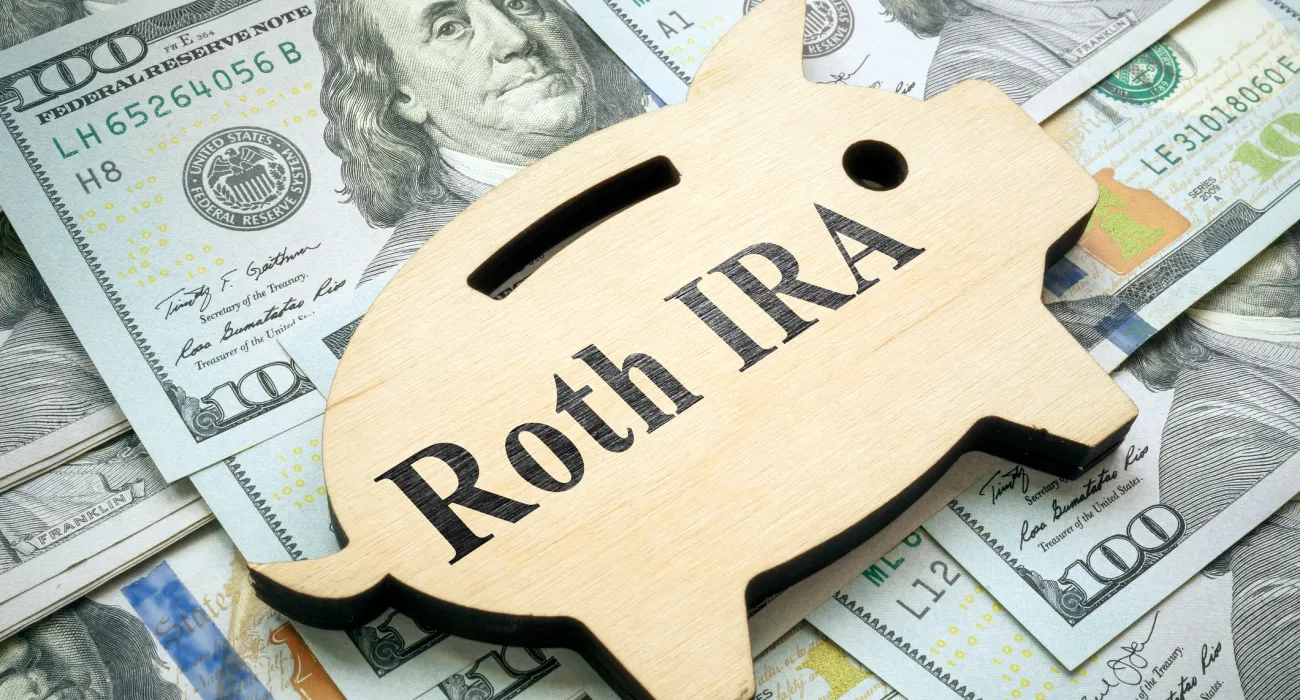There are various types of
retirement accounts that consumers can contribute into for retirement, however,
one of the most favorable tax treated accounts is the Roth Individual
Retirement Account. Named after the Senator of Delaware William Roth, the Roth IRA
was created in 1998 and its employer plan counterpart the Roth 401k was created
in 2006.
How a Roth accounts works:
- Fund with after-tax dollars
- Grows tax free: no taxes are paid on dividends, interest, or capital gains
- Withdrawals are tax free as long as certain requirements are met
Retirement
- Account must be opened for at least 5 years
- Must be 59 ½ years old
First Time Home Purchase
- Up to $10,000 of growth is the maximum that can be withdrawn tax free to put towards a first-time home purchase
Expenses related to qualified education, birth or adoption, a person becomes disabled, and to costs to pay for unreimbursed medical expenses when unemployed are all ways that will allow withdrawals to be tax free and eliminate the 10% penalty
Ways to normally fund a Roth
account:
Direct contribution into a Roth IRA up to $6500 for 2023
- There are income limits associated to making contributions and can be found using this link: IRS Roth Income Limits
Direct contribution through an employer sponsored 401k/403b Plan up to a maxmum of $22,500 + $7500(for those over 50 years old)
- There are no income limits to contribute to a Roth through an employer sponsored plan
Do a Traditional IRA Contribution and then convert to a Roth IRA(Roth Conversion Strategy)
- This may not always make sense as some may be subject to taxation based on the values of all Individual Retirement Accounts
There are options like a "Super
Roth" that could be an option for a limited number of employees through their
employer. However, the above ways are the traditional ways that a Roth can be
funded.
Additional Reading: Roth Conversions and the 5-Year Rule Top 5 Reasons to Roll Over Your 401(k) to An IRA
If you would like to receive more information on making smart money moves for your future, be sure to contact us today!





